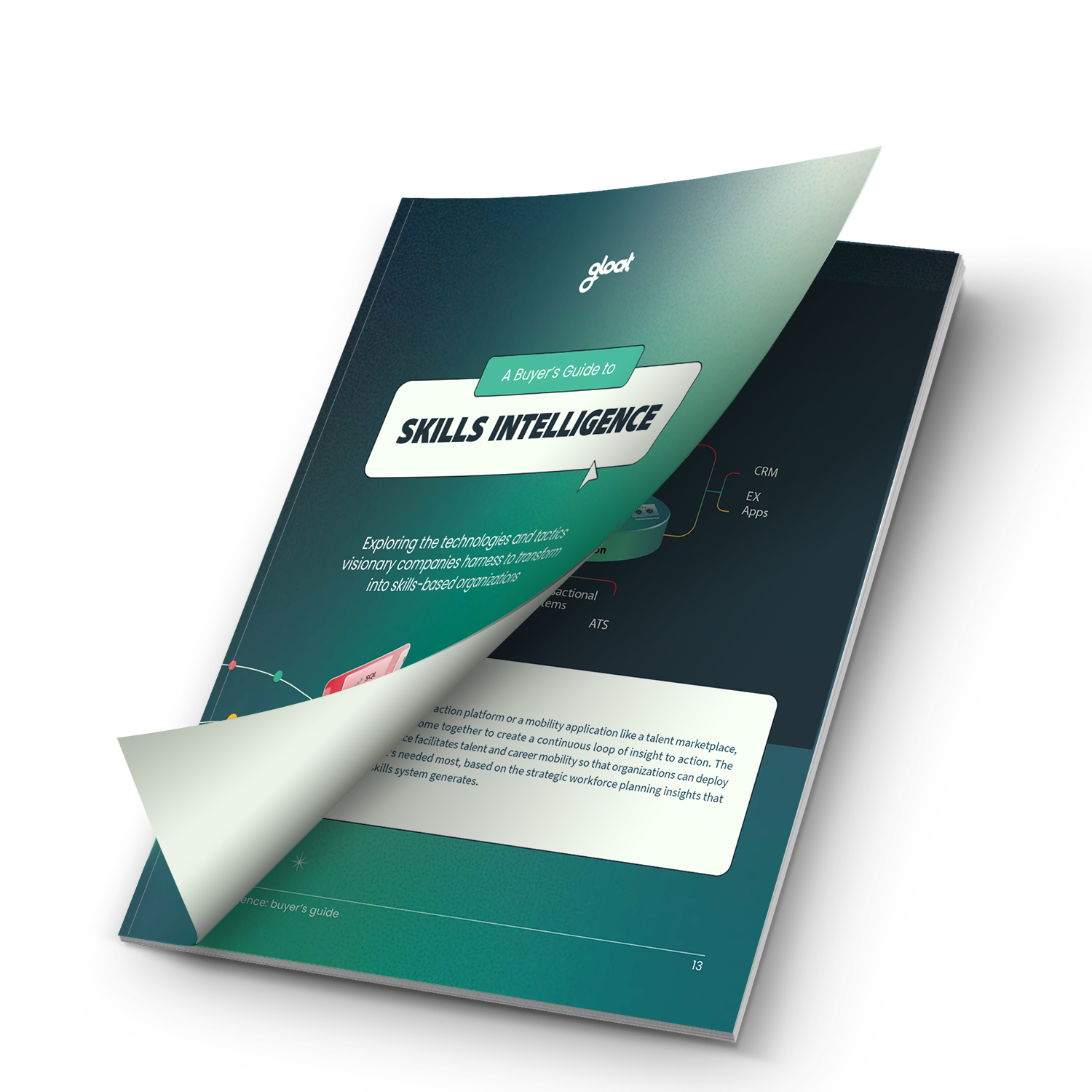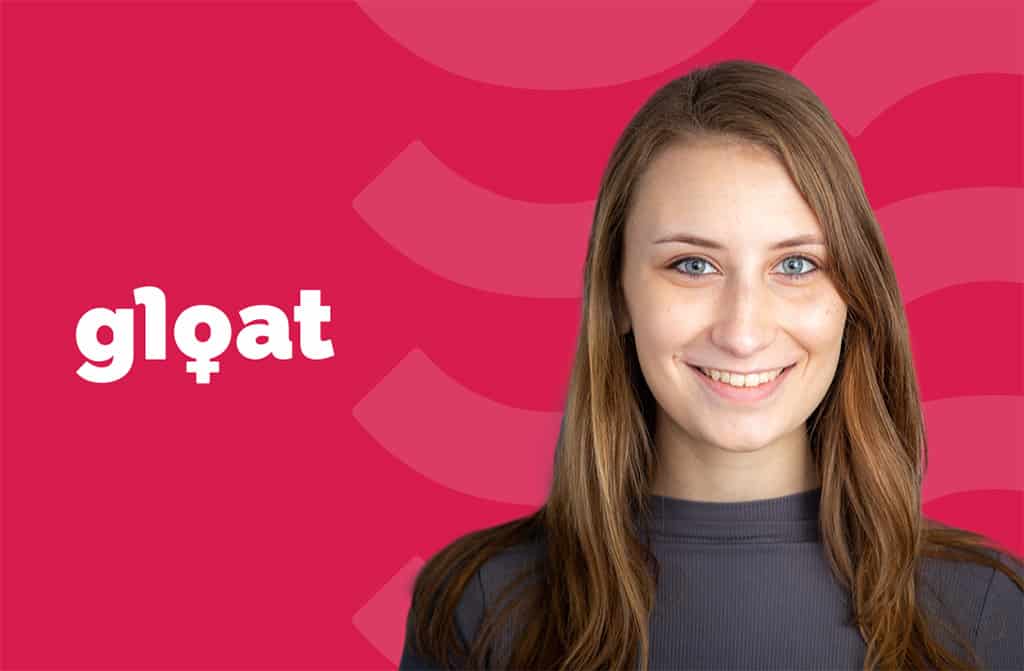Skills-based workforce planning: what top experts want HR to know
Why two specialists think skills should be the unit of analysis for how we measure work

From supply chain disruptions to economic uncertainty to the rapid rise of AI, executives need to factor in quite a few variables when planning for the future. Many organizations are struggling to make these calculations correctly, as evidenced by the fact that the average lifespan for a company is now just 18 years versus 61 years back in 1958.
To navigate this period of volatility, strategic workforce planning is emerging as a key priority for business leaders. Yet, BCG research reveals that most efforts are missing the mark, with workforce planning ranking 2nd out of 32 HR practices with the greatest gap between their importance and organizations’ ability to execute them effectively.
Fortunately, we had the chance to sit down with two of our resident skills experts, Noam Mordechay and Mike Worthington, to learn how companies should think about workforce planning, the role skills should play in it, and which organizations exemplify what successful workforce planning looks like in action.
NS: Why do you think so many companies are struggling with strategic workforce planning right now?
NM: Workforce planning has never been as meaningful for the business as it is today. In an era of ongoing digital transformation, cost optimization, and risk mitigation, it’s becoming the go-to. But there are two main problems: 1) Workforce planners don’t have visibility into the skills they have so they’re not equipped with the right tools to execute what they’re being asked to do and 2) They’re isolated, so they rarely get input from other stakeholders, which is exceptionally valuable.
MW: From my experience working with organizations, I’ve seen that a lot of companies don’t know how to get to enterprise scale when doing a skills-focused workforce transformation. They don’t invest heavily enough in landing the change so it’s hard for them to get past the concept stage and get out to enterprise-wide. The process also needs to be fed with good quality data from the transactional side of the business, and many companies are lacking those insights.
NS: What advice would you have for a leader who wants to overhaul their approach to strategic workforce planning? Where should they start?
NM: The first thing is to create an initial skills baseline in your organization by changing your static job architecture to a skills-based dynamic one. In the past, this would take HR and business leaders months and years and many dollars to create. But today you can leverage AI-powered technologies for a lean, quick, and high-quality result. Then, join forces with your colleagues in Talent Management, Rewards and Compensation, and Talent Acquisition in order to jointly realize the skills data infrastructure for your business. And start to shift your planning conversations from being job-based to more skills-focused so you can take advantage of all the capabilities within your existing workforce and anticipate any potential knowledge gaps.
MW: My advice for leaders is to keep the process honest by having a concrete set of agreed-upon KPIs that your organization can buy into and that tie into the agility and viability of your business long-term. Without that, workforce planning becomes nebulous because it’s not tied to what’s going on in the business or business metrics.
NS: What are the most common workforce planning misconceptions you hear and what do you want people to know instead?
NM: Companies are interested in skills strategies because they want to become faster and more agile. But then when it comes time for big business decisions, they end up resorting to the old way of doing things. For example, with reductions, they will have a number of people they need to cut without a clear picture of the skills they’ll lose or an understanding of who might be able to be redeployed into another role.
In general, workforce planning is the execution of the CEO’s strategy from an HR and talent standpoint. I think that in particular, in this cost-cutting environment where IT is pushing for system consolidation and we’re seeing companies hiring less and laying off people more, workforce planners should be able to create the notion of skills versus jobs in the business as the unit of work.
NS: Are there any organizations you’ve come across that have strategic workforce planning figured out and what can we learn from them?
MW: Nationwide sticks out as a strong example of how to get workforce planning right. What they did is prioritize getting a clear line of sight into the skills they have and where skill demands are coming from, and they made sure this data is brought into a central view. They’re also beginning to view skills as a quantifiable unit of currency that’s traded in the business, so they’re really moving from that traditional job model to thinking about work in terms of tasks and skills.
Novartis is another organization with advanced workforce planning capabilities. They set out to understand what the shape of their workforce needs to look like and how they can align strategic skill-building to ensure they’re being effective and efficient.
NS: How can the right approach to strategic workforce planning help companies become more resilient?
NM: More companies and CEOs in particular want to future-proof their business and plan ahead for the next five or ten years so they can remain resilient in the market. The workforce planning team is tasked with answering what are the future skills and capabilities we need. So how do we future-proof the organization and how many heads do we need in various areas? Where will we sunset and automate? And where is there a growing demand for skills? Those are the questions leaders need to think about to help their organizations become more resilient.
NS: How does a tool like Gloat’s Skills Foundation help leaders with workforce planning?
NM: With Skills Foundation, Gloat helps companies realize their skills data infrastructure. So way before they get to planning, they have the knowledge about skills they need and insight into the skills that are mapped and associated with their people. We help people tackle the shift from jobs to skills. Then, Skills Foundation informs workforce planning, so companies can transform roles instead of retiring and then hiring again. It can also help leaders identify gaps between roles that are sunset and those that are sunrising and map out what some companies need to do to transform from one organization to another.
NS: What is Gloat’s strategic workforce planning philosophy? How is our approach to it different from our competitors?
NM: The fact that we have both a strong skills philosophy and also a strong and robust application layer that is actually allowing CHROs to execute on the learnings coming down from workforce planning into talent management is a key differentiator. I think that’s the most important implication of the fact that data is becoming more and more mainstream; we’re equipping HR teams with all the resources and pathways they need to take advantage of it.
NS: How will the rise of AI impact workforce planning processes? Do you think the accelerating pace of technological innovation makes workforce planning more important?
NM: Data is becoming a commodity. As LLMs improve and prompts become cheaper, data will become a commodity that everyone can use. Since AI is becoming so mainstream, what will play a massive part in the success of companies is their ability to identify what they need to do from a workforce planning perspective and their ability to execute that. And that’s where our skills-based application is coming in handy because it’s a huge differentiator that we have in the market today. And we’re also giving leaders the ability to surface a top-down view of skills because we have mapping, so they can really tap into all the capabilities that their workforce has to offer.
To learn more about Gloat’s Skills Foundation and find out the key factors you should consider when looking into workforce planning tools, check out our skills intelligence buyer’s guide.





